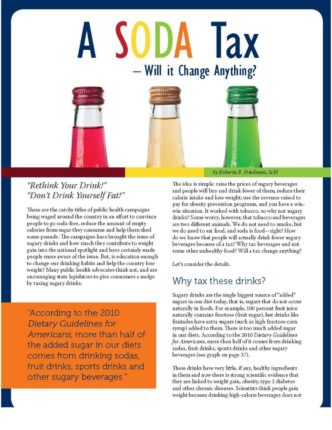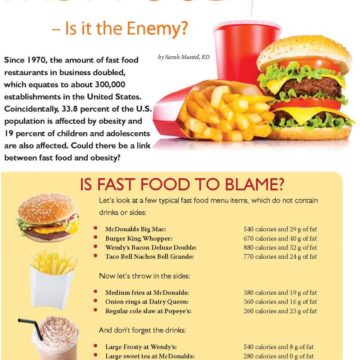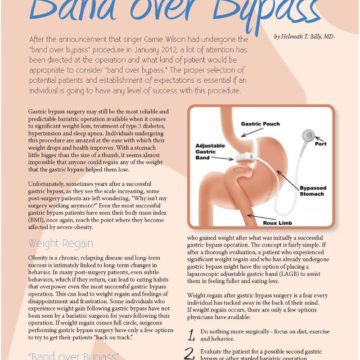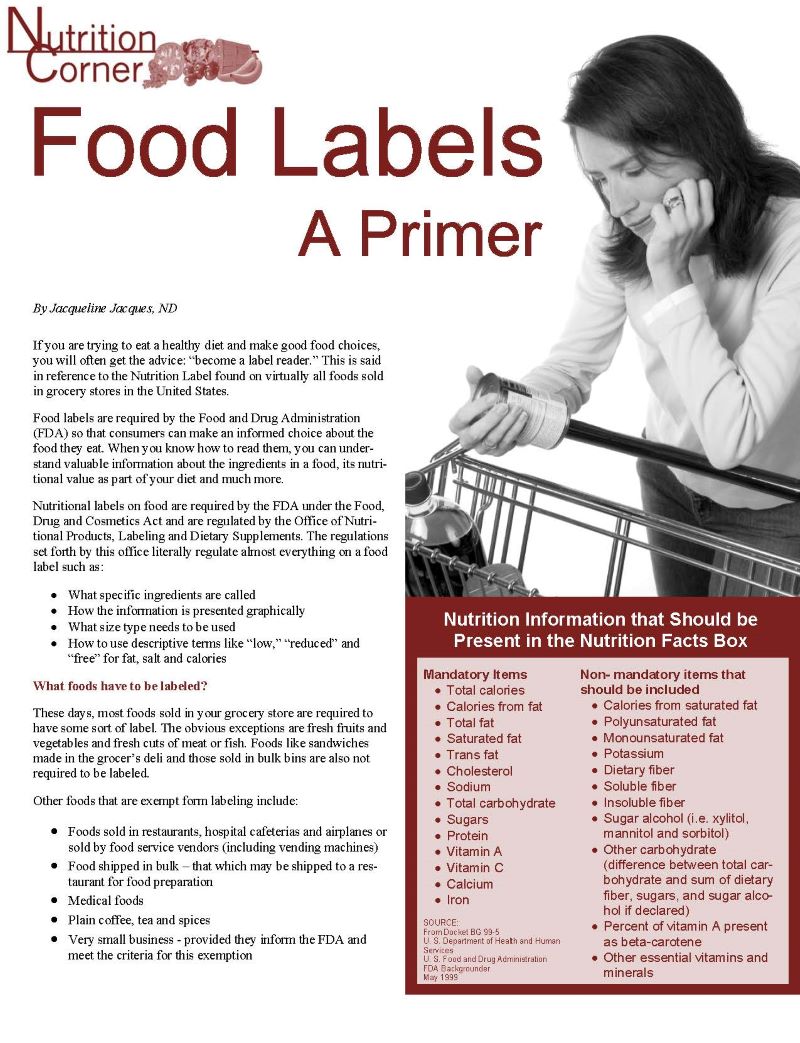A Soda Tax – Will it Change Anything?


by Roberta R. Friedman, ScM
Spring 2012
To view a PDF version of this article, click here.
“Rethink Your Drink!”
“Don’t Drink Yourself Fat!”
These are the catchy titles of public health campaigns being waged around the country in an effort to convince people to go soda-free, reduce the amount of empty calories from sugar they consume and help them shed some pounds. The campaigns have brought the issue of sugary drinks and how much they contribute to weight gain into the national spotlight and have certainly made people more aware of the issue. But, is education enough to change our drinking habits and help the country lose weight? Many public health advocates think not, and are encouraging state legislators to give consumers a nudge by taxing sugary drinks.
The idea is simple: raise the prices of sugary beverages and people will buy and drink fewer of them, reduce their calorie intake and lose weight; use the revenue raised to pay for obesity prevention programs, and you have a win-win situation. It worked with tobacco, so why not sugary drinks? Some worry, however, that tobacco and beverages are two different animals. We do not need to smoke, but we do need to eat food, and soda is food—right? How do we know that people will actually drink fewer sugary beverages because of a tax? Why tax beverages and not some other unhealthy food? Will a tax change anything?
Let’s consider the details.
![Microsoft PowerPoint - Sources_of_Added_Sugars_Graph_DGA_2011 [Compatibility Mode]](https://www.obesityaction.org/wp-content/uploads/sodataxchart.jpg)
Why tax these drinks?
Sugary drinks are the single biggest source of “added” sugars in our diet today, that is, sugars that do not occur naturally in foods. For example, 100 percent fruit juice naturally contains fructose (fruit sugar), but drinks like fruitades have extra sugars (such as high fructose corn syrup) added to them. There is too much added sugar in our diets. According to the 2010 Dietary Guidelines for Americans, more than half of it comes from drinking sodas, fruit drinks, sports drinks and other sugary beverages (see graph to the right).
These drinks have very little, if any, healthy ingredients in them and now there is strong scientific evidence that they are linked to weight gain, obesity, type 2 diabetes and other chronic diseases. Scientists think people gain weight because drinking high-calorie beverages does not make them feel full (but eating something high-calorie does). This means that drinking 240 calories in a 20-ounce soda will not keep you from eating 240 fewer calories. All those extra calories, day-after-day, begin to add up and turn into weight gain.
How would a tax on sugary drinks work to reduce obesity?
When the price of certain food products increases, if the products are considered necessities, people will buy them anyway. Milk and eggs are examples. But, if the price goes up on foods that are not considered necessities, such as sugary drinks, people will buy fewer of them. Economists have determined that if the price of sugary drinks goes up 10 percent, consumption will go down by about 10-12 percent. This would reduce the number of calories from sugary beverages people drink each day, and may help with weight-loss. A tax of a penny-per-ounce, which is written into most of the bills introduced in state legislatures, would raise the cost of the average sugary drink by about 15-20 percent. This would be more than enough to reduce the amount that people buy.
In order for the tax to work, people need to see that the price of sugary drinks has gone up, which means the kind of tax is important. It should be an excise tax (an indirect tax charged on the sale of a particular good), not a sales tax. You may live in one of the 34 states (and Washington, DC) that already have sales taxes on sugary drinks. You pay sales taxes at the checkout line, but you may not be aware that you are paying extra for a sugary drink unless you look at your cash register receipt, and by then it is too late! With excise taxes – the kind being proposed now – the manufacturers or distributors of the drinks pay the taxes. They pass on that cost to you, the consumer, by raising prices. If the shelf price of the sugary drink you regularly buy goes up, you may think twice about buying it.
The other way a tax would work to reduce obesity is if the revenue collected is spent on obesity prevention programs. This is called “earmarking” the funds. Almost all of the tax bills introduced in state legislatures in 2011 included earmarks. Some states would use the money to set up children’s health promotion funds, or nutrition education programs in schools or communities. One would use the revenue to build and maintain new state parks, or improve existing ones. The money could also be used to help schools sell more nutritious foods for breakfast and lunch; to help people on the food stamp plan, called Supplemental Nutrition Assistance Program (SNAP), buy more fresh fruits and vegetables; or to allow communities to build more places where people can exercise.
What sugary drinks would be taxed?
The tax would apply to any beverage that has “added caloric sweeteners” in it. This includes:
- Sodas
- Sports drinks
- Energy drinks
- Flavored waters
- Fruit drinks
- Sweetened teas
The “caloric sweeteners” include sugar, high fructose corn syrup and fruit concentrates – anything with calories. The beverages that would not be taxed include diet drinks, infant formula, nutritional supplements (such as weight-reduction drinks) or drinks with milk in them.
Will a sugary drink tax change anything?
Experts in healthcare, public health and economics are confident that a tax will reduce consumption and help to lower obesity and overweight rates in the United States. Without any real-life tests, it is hard to say how big the impact will be, but they are sure of one thing: as state budgets get tighter, fewer dollars will be spent on important public health measures, such as obesity prevention.
At the same time, as rates of obesity and overweight continue to climb, more and more healthcare dollars are being used to treat obesity and overweight, and the chronic diseases that often come with them. Preventing obesity when we can, rather than paying for its consequences, makes good economic and public health sense. A sugary drink tax may help.
About the Author:
Roberta R. Friedman, ScM, is the director of public policy at the Rudd Center for Food Policy and Obesity at Yale University. She educates federal, state and local policy makers and public health organizations about the science supporting food and nutrition policies that have the potential to create real change.
by Stephanie Norris, MS, RD, LD/N Spring 2006 MyPyramid.gov is the new tool developed by the U.S.…
Read Articleby Jacqueline Jacques, ND Spring 2007 If you are trying to eat a healthy diet and make…
Read Articleby Rodrick D. McKinlay, MD Fall 2009 Childhood obesity rates have doubled throughout the past 30 years…
Read Article








